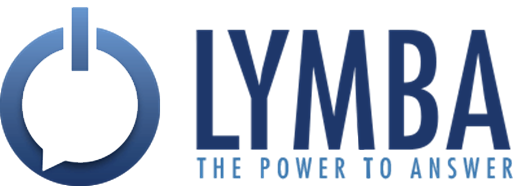How-To Utilize Your Tables With NLP
How can you utilize your Tables with NLP?
Tables are in financials, tech specs, presentations, and so on. A table is a great way to communicate information, but if I can’t find it, then it won’t be doing anyone any good. This is possible with Table extraction.
It begins in the Document Preprocessing step of the NLP Pipeline with basic layout recognition:
Layout recognition determines the characteristics of the file: What the header is, where the footer is, it’s margins, etc. It then is represented into RDF/TriX triples. Then, it’s sent to a graph database. There you can query it, and you can query it using our natural language tools.
There are limitless possibilities with table extraction and your use case. Here is just one of many examples from Lymba:
A multinational aerospace company needed to reduce maintenance costs and improve serve quality. The client’s technicians needed access to technical specifications in multiple tables with complex structure in PDF documents.
Lymba’s solution was to extract and query. We automatically recognize the table structures within their documents and content, and represented them in a semantic triple format. Given a technician’s query, the tool automatically generated the formal SPARQL query and retrieved the data. Table extraction and querying turned the company’s basic documents into actionable knowledge.
Hopefully you now have a better understanding of how table extraction can be utilized in your use case. Thanks for watching from LYMBA. Please reach out to us with any questions or for help on your next project.
